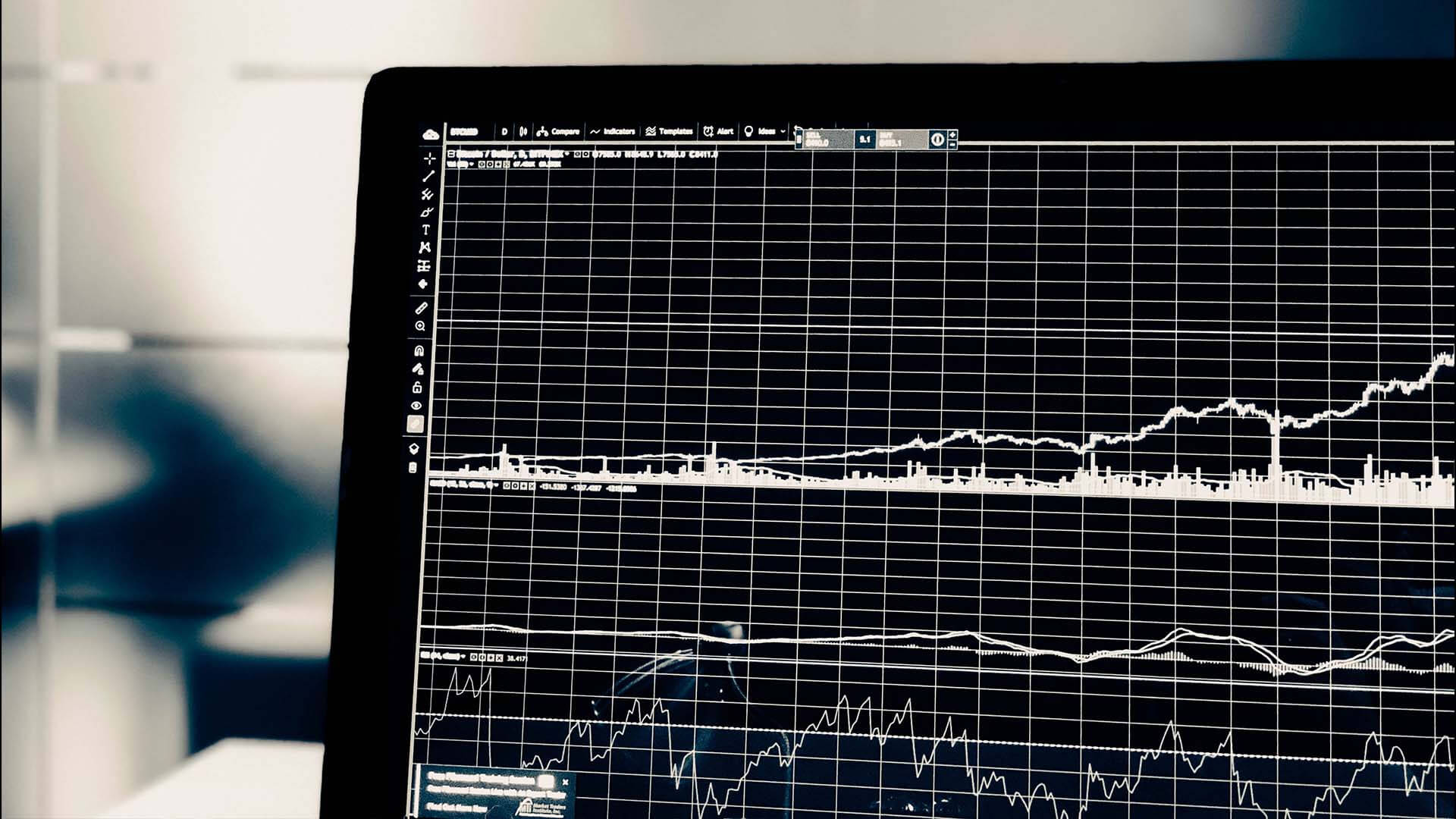Question
Can you explain how Market Makers manage to keep a stock flat lined right at a strike price on options expiration day?
Answer
That is a great question! This practice is often referred to as “pinning the stock”. It is one of the anomalies of option trading. I believe it is a sell fulfilling prophecy. When the stock is close to the strike price, traders know the tendency. When the stock rallies above the strike price, they let it run its course and then they sell it. As the upward momentum reverses, other traders will recognize that the pin “is on” and they will join the selling. When the stock is below the strike price they buy the stock with the same intent. If ever there is too much opposition, they will know when to quit and they will leave it alone.
This action is similar to many technical price levels. When many traders clearly see a stock that is testing a major support level (i.e. 100-day MA), they will buy it knowing that other traders see it too. They are all expecting the stock to bounce and collectively they make it happen.
On expiration there are conversions and reversals (arbitrage plays) at play, but they are small relative to the liquidity of the stock itself and I don’t believe they have enough influence to force the “pin”. In an ill-liquid stock that has decent at-the-money open interest, the Market Maker (institution) may throw enough size at the stock to try and influence it. However, they won’t force the issue if the opposition is great. For more liquid issues, I believe it is the aggregate stock trading community that trades off of the stock’s tendency to finish at the strike. Market Makers are largely hedged and while they might have some small incentive for a move one way or the other, they are not going to fight the “big money” in a liquid stock to pin it.
The strike price has a strong gravitation-like pull at expiration and the event has always amazed me. If you are long at-the-money premium at expiration and the stock is less than $.50 from the strike, get out early in the day.









